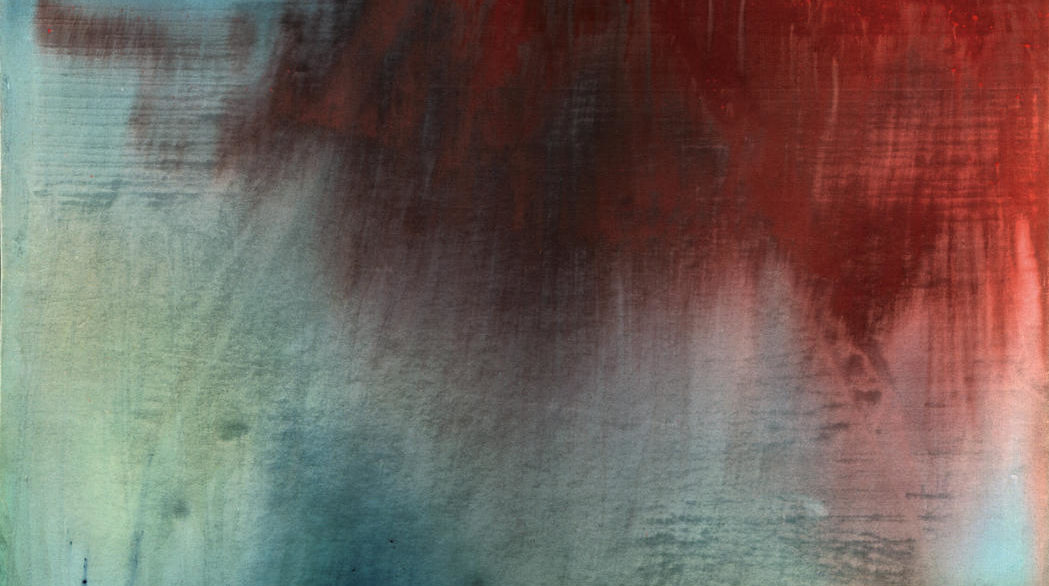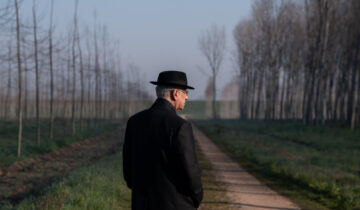In the years following World War II, many artists experimented by pouring, dripping, or thickly dabbing wet paint onto their blank canvases. They prioritized the act or event of painting over the final picture, creating abstract works where we see traces of techniques as opposed to traditional subjects. These artists took their lead from Jackson Pollock, famous for his drip paintings, and from Helen Frankenthaler, who poured paint onto raw canvas and then used brushes and other tools to produce washes of color. As Frankenthaler said: “There are no rules, let the picture lead you where it must go.”
In opposition, there was another group of abstract artists, who produced works that made the artist’s hand or physical activity mostly disappear. These artists made paintings, sculptures, and prints that at first appear to be colorful exercises in geometry, with their precise circles, squares, and straight lines. However, through our own active participation as viewers, these equally experimental works yield illusionistic or even distorting effects that ultimately provide very different, at times almost hallucinogenic, experiences.
This exhibition features many wonderful artists who specialized in abstract art from the 1950s-1980s. Visit Experiments in Abstraction today! Go to okcmoa.com/buytickets.
Credit: Sam Gilliam, Sky Chord, 1966. Acrylic on canvas, 86 1/4 x 86 in. Oklahoma City Museum of Art, Museum purchase, Washington Gallery of Modern Art Collection, 1968.146, © Sam Gilliam








